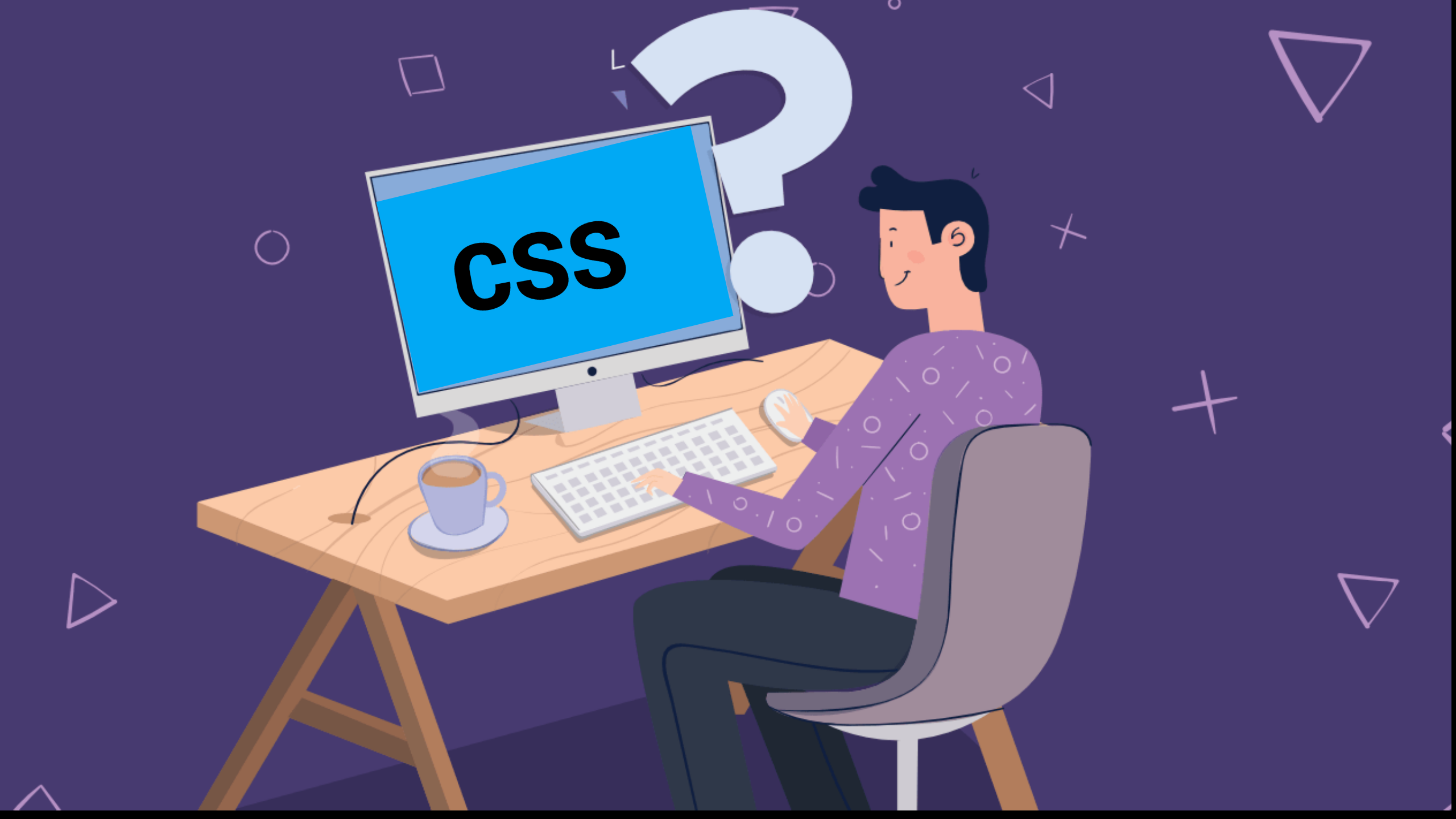What is CSS?
CSS or Slinging Style wastes is a language used to define the visual style and layout of web runners. It’s an essential element of ultramodern web development, allowing contrivers and inventors to produce engaging and responsive websites that look great across a range of bias.
CSS was first introduced in 1996, as a way to separate the donation of web runners from their content. Prior to CSS, inventors would use HTML markers to define both the content and the style of a web runner. This made it delicate to make changes to the visual design of a point, as inventors would need to manually modernize the HTML markers for each element.
CSS inventors can define the visual style of a web runner independently from its content. This makes it much easier to modernize the visual design of a point, as inventors can simply make changes to the CSS train and the changes will be applied to all runners that source that train.
CSS is a constantly evolving language, with new features and capabilities being added regularly. One of the most significant recent developments in CSS is the preface of CSS Grid, a important layout system that allows inventors to produce complex, grid- grounded layouts with ease. CSS Grid has snappily come one of the most popular layout systems in use moment, and is an essential tool for creating ultramodern, responsive web designs. CSS is also nearly integrated with HTML and JavaScript, the other two core languages of web development. Together, these three languages form the foundation of ultramodern web development, allowing inventors to produce rich, interactive web operations that can run on a wide range of bias and platforms.
What is the use Of CSS
CSS, or Slinging Style wastes, is a language used to define the visual style and layout of web runners. It allows inventors to produce engaging and responsive websites that look great across a range of bias. CSS has a wide range of uses in web development.
1. Styling web runners : CSS is primarily used to term web runners. With CSS, inventors can define the visual style of a web runner independently from its content. This makes it much easier to modernize the visual design of a point, as inventors can simply make changes to the CSS train and the changes will be applied to all runners that source that train. CSS allows inventors to control the layout, typography, colors, and other visual aspects of a web runner.
2. Creating responsive designs : With the rise of mobile bias, it has come essential for websites to be optimized for lower defenses. CSS makes it possible to produce designs that are optimized for a wide range of screen sizes, from smartphones to large desktop displays. inventors can use CSS to produce flexible and responsive layouts that acclimatize to the size of the screen they’re being viewed on.
3. robustness and transitions : CSS supports more advanced features similar as robustness and transitions, which can be used to produce engaging visual goods on a web runner. robustness and transitions can be used to produce a more interactive and engaging stoner experience and can be applied to a wide range of rudiments on a web runner.
4. Creating complex layouts : CSS supports a wide range of layout ways, including grid- grounded layouts, flexbox layouts, and more. These layout ways allow inventors to produce complex and sophisticated layouts that can acclimatize to different screen sizes and device types.
5. Theming : CSS can be used to produce themes for web operations. Themes allow inventors to produce a harmonious visual style across a web operation, making it easier for druggies to navigate and understand the interface.
6. publish styles : CSS can also be used to produce print styles. publish styles are a set of CSS rules that define the visual style of a web runner when it’s published. publish styles can be used to produce printable performances of web runners that are optimized for printing.

